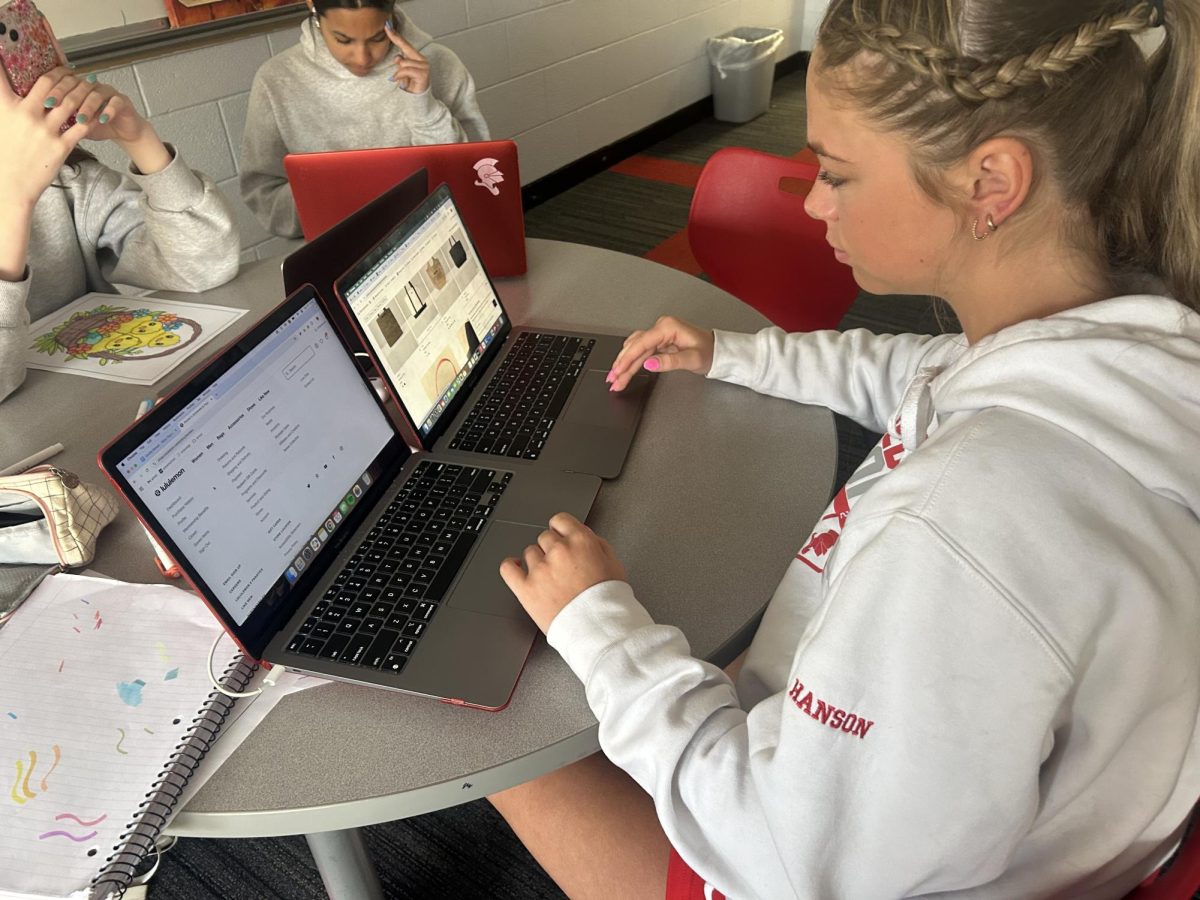Ever since Girl Talks’ third record dropped, the relatively indie Illegal-Art label has been thrust into the spotlight. Founded in 1998 by a man under the pseudonym of Philo T. Farnsworth, the label is working hard to turn mash-up and glitch music into respectable genres.
With the expansion of this music, more and more talented computer-savvy musicians have moved out of their parents’ basements and into hip flats in Greenwich village. The latest of these artists (coming to an Urban Outfitters near you) is an Italian virtuoso of turntablism. He goes by the name of Okapi, and his eclectic mix of musical genres proves to be the perfect parallel to the half-zebra, half-girrafe hybrid species that he draws his name from.
Barely audible blips and cut-up acoustic drum samples flesh out the majority of the beats throughout “Love Him” (Okapis’ debut record). Thousands of samples spanning from motorcycles starting to German men whispering fill the rest of the voids in the soundscape. Small motifs tend to repeat themselves throughout the record to create a semblance of one calm cohesive piece of music, but every so often the relative calm atmosphere is interrupted by harsh radio static or grainy out-of-tune violin overtures.
It may not be the best music for doing anything active to; however, I have found this album’s niche in its ability to make homework time interesting. A track that is especially condusive to a studious environment is “Love Him,” the title track. The repeated orchestral lick and the seasick backbeat of synthesized chimes perfectly balances a maintained order with the type of attention deficit pop music that we have all come to know and love.
It is easy to tell that Okapi spent the majority of his time fleshing out the tracks in the dead center of the album. Opener “Oh No!” sets the album off as a sort of sonic palette cleanser that falls flat on a cheesy “ocean waves” sample that sounds like it was stolen straight out of a third-rate Wal-mart sleep aid CD. From this point on, the tracks achieve exponential greatness; it almost seems as if a weak opening track was intentionally used to make the rest of the album sound intelligent and catchy.
Exactly midway through the album there is a buildup, one that puts every previous buildup you have heard to shame. Diminished and discordant tones build on top of each other to the point of nausea, and just when you think it’s time to rip the headphones out of your skull a jazzy electronic number comes in with the catchiest sax line since Dave Brubeck dropped “Take Five.” It’s the little places like these–sparsley hidden throughout the album–that make it all worth it. It is a easter-egg hunt for even the most amateur audiophile which is why I hope that Okapi’s efforts won’t go without mainstream recognition.
(There is one such track that has a potential for the type of press he deserves–aptly titled “The Next!” I see it as physically impossible for this out-of-place distorted dance thriller to slip through the cracks of the ever-expanding and engrossing electronic scene, but stranger things have happened.)
It is worth mentioning that this artist––and indeed the majority of Illegal-Arts’ contributors––use a realistic “pay-what-you-want” system. I know, it’s not on Itunes, but it’s time to try expanding your horizons. If you haven’t already inferred, this music is not for everyone (I myself found it a bit strange to put the sound of a man peeing to the beat of a rotary telephone being dialed), but if you are someone who is just on the cusp, someone who wants the bridge between catchy and thought-provoking, straight-laced and experimental, Okapi is your man.




































![Teacher Lore: Mr. Hillman [Podcast]](https://bsmknighterrant.org/wp-content/uploads/2025/03/teacherlorelogo-1200x685.png)




